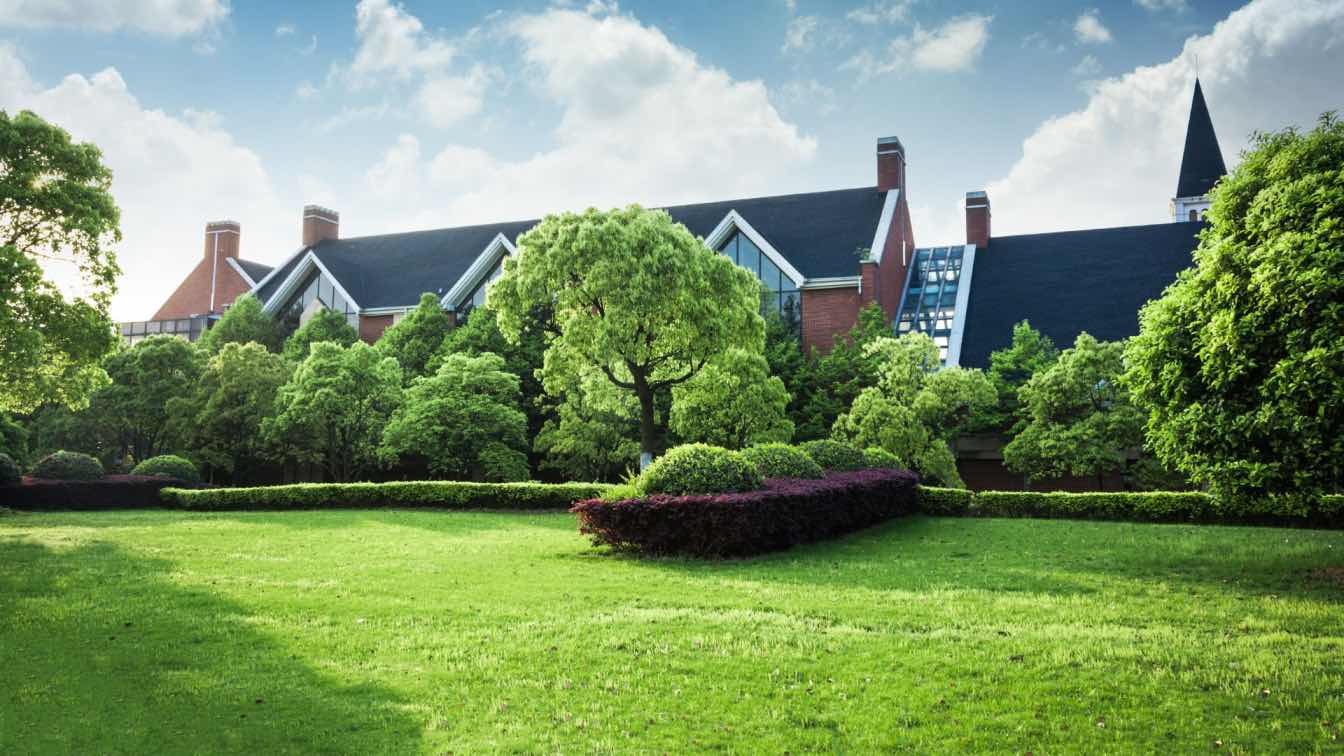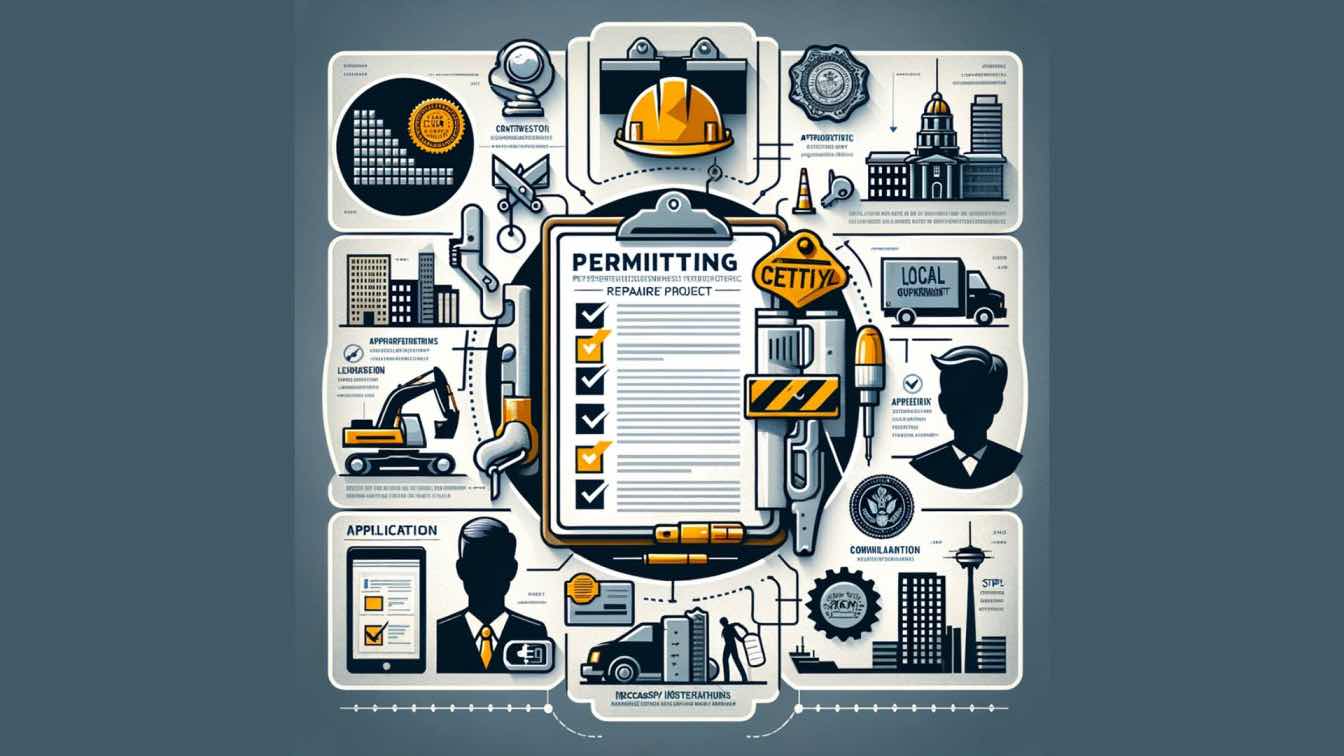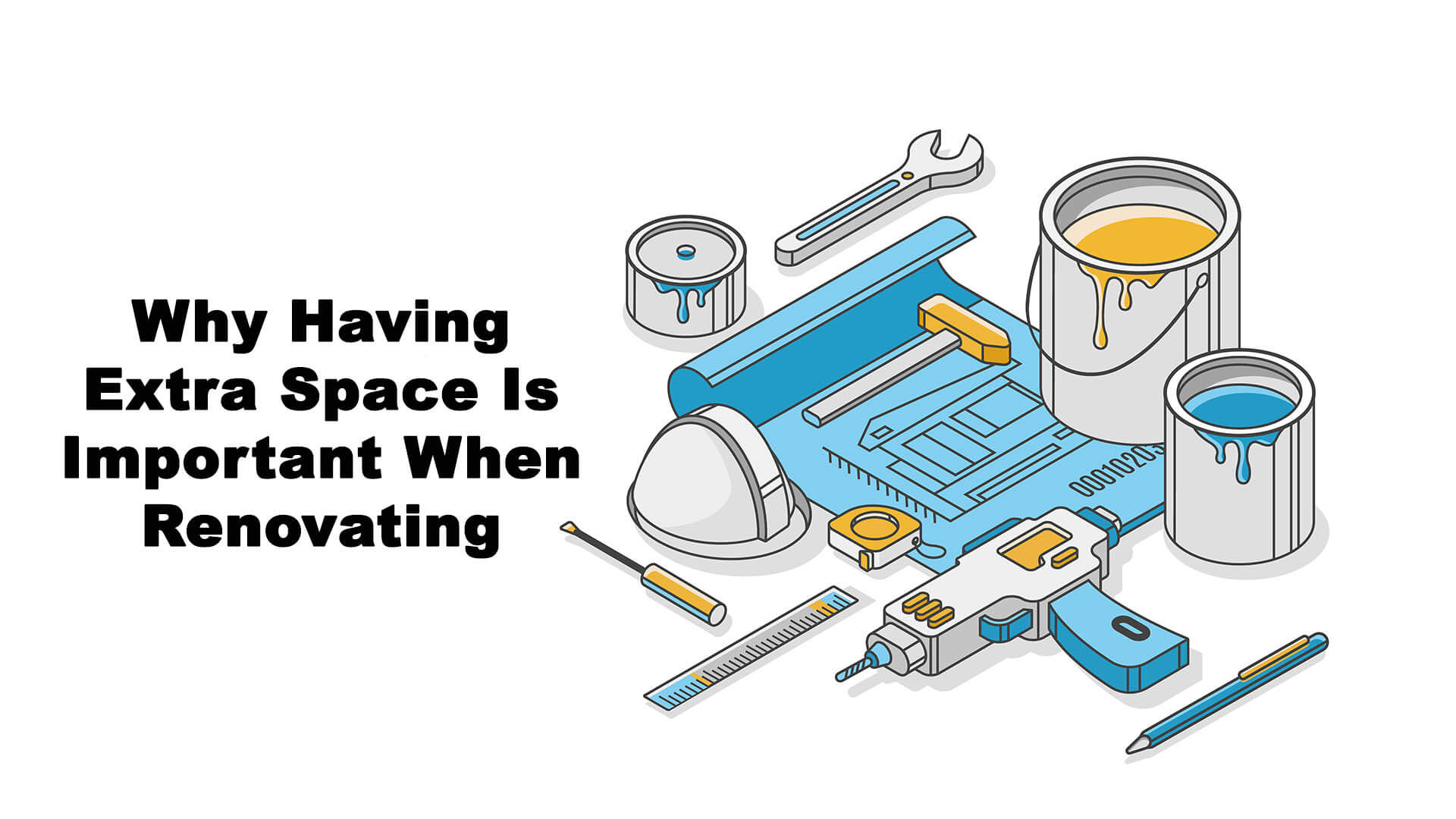Homeownership comes with numerous responsibilities, and maintaining a beautiful lawn is one of them. However, many homeowners make common mistakes that can lead to a less-than-optimal outdoor space. Understanding these pitfalls can help cultivate a healthy, lush lawn. This article highlights nine frequent missteps in lawn care and offers practical solutions to avoid them, ensuring your lawn remains healthy and vibrant.
Improper Mowing Techniques, Overwatering, or Underwatering
Proper mowing techniques can dramatically affect your lawn's appearance and health. One common mistake is mowing too short. Additionally, ensuring sharp mower blades will deliver cleaner cuts and reduce plant stress. Mowing at the right height allows grass to develop deeper roots, making it more drought-resistant. Alternatively, getting the help of sellers of robotic mowers can provide you with automated systems. These tools eliminate the guesswork of cutting grass, making lawn maintenance more manageable and efficient.
Another one of the homeowners' most prevalent mistakes is getting the watering balance wrong. It's vital to know the specific needs of your grass type, as different species have varying water requirements. Most lawns need approximately one inch of water per week from rainfall or irrigation. A helpful tip is to invest in a rain gauge to monitor water levels more accurately.
Ignoring Soil Quality and Failing to Aerate
Homeowners may assume that all soil is created equal, but this is far from the truth. Testing your soil pH and nutrient levels annually can help determine your lawn's needs for optimal growth. Depending on the results, you might need to amend your soil with fertilizers or organic matter to improve its composition. Healthy soil encourages robust root systems, leading to a greener, healthier lawn capable of resisting pests and diseases.
Aerating your lawn is necessary to maintain its health, but many homeowners overlook it. Compacted soil can hinder root growth and prevent nutrients from reaching grass roots. While fall is often ideal for cool-season grasses, spring is best for warm-season varieties. Homeowners can rent aerating equipment from local garden stores or consider hiring professional services for the best results.
Fertilizing at the Wrong Time
Fertilization is essential for a vibrant lawn, but timing is crucial. Many homeowners make the mistake of fertilizing too late in the season. Applying nitrogen-rich fertilizers in the fall can lead to excessive growth before winter, leaving grass vulnerable to frost damage. Fertilization should occur in early spring to promote vigorous growth as temperatures rise. Additionally, using the correct fertilizer tailored for your grass species is essential. Following the instructions on fertilizer bags can help you avoid over-application, which can harm your lawn and the environment.
Neglecting Pest Control
Pest control is often an afterthought for many homeowners. Early detection is crucial to preventing pest problems from escalating. Regularly inspect your lawn for signs of damage, such as discoloration or unusual holes in the grass. Integrated pest management is a practical approach that incorporates cultural, biological, and chemical methods. Many homeowners find preventive measures, such as natural repellents and beneficial insects, effective alternatives to chemical pesticides. However, promptly addressing pests can save your lawn from severe damage if pests become an issue.
Choosing the Wrong Grass Type and Overlooking Weeds
Not all grass species are suited for every climate or environment. Homeowners often neglect to consider altitude, temperature, and local climate conditions when choosing grass seed. For instance, cool-season grasses thrive best in northern climates, while warm-season varieties flourish in southern areas. It's also essential to take sunlight levels into account. If your lawn is primarily shaded, opt for shade-tolerant grass types. Identifying the grass for your yard will improve growth, durability, and aesthetic appeal.
Many homeowners think pulling weeds out by the root is enough; however, this can leave seeds behind that cause future infestations. Regularly applying a pre-emergent herbicide can help prevent weeds from sprouting in the first place. Maintaining a healthy, thick lawn can deter weed growth as the grass competes for resources. When dealing with established weeds, it's crucial to identify them accurately to apply the right treatment options. Keeping a vigilant eye on your lawn can make all the difference in minimizing weed issues.
Failing to Plan for Seasonal Changes
A lawn is a dynamic environment that requires adaptation to the seasons. Homeowners frequently neglect seasonal considerations, such as adjusting mowing height for temperature changes or applying different fertilizers. Preparing for winter by winterizing your lawn—such as lowering the cutting height before the first frost—can lead to healthier grass come spring. Similarly, adjusting watering schedules during dry spells in summer ensures plants get enough moisture. Recognizing the unique needs of your lawn throughout the year can lead to a more verdant and resilient yard.
Avoiding common mistakes in lawn care is vital for fostering a healthy and vibrant outdoor space. Implementing the strategies discussed can help ensure your lawn remains lush and inviting. From proper watering techniques to choosing the right grass type, each aspect contributes to the finished look of your lawn. With attention to detail and a proactive approach, homeowners can enjoy their green spaces to the fullest, avoiding unnecessary complications.





